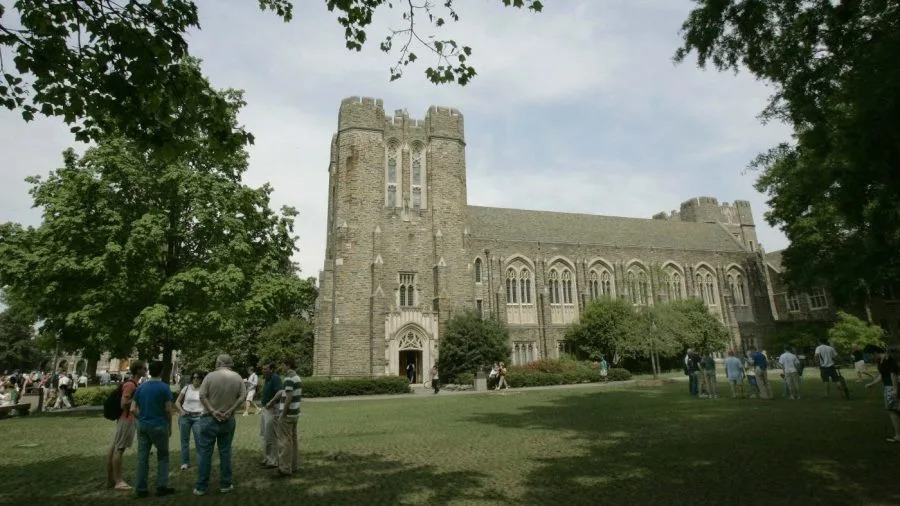
Duke University, my alma mater, largely escaped the national campus turmoil following Hamas’s Oct. 7 terrorist attack on Israel and the Israeli military’s subsequent brutal war on Gaza.
There were no encampments or serious complaints of antisemitism. There were no reports of faculty harassment of supporters of Israel — just some verbal student altercations and a few peaceful demonstrations on Duke’s leafy quads.
Race-neutral admissions have kept the campus diverse, with an especially large Asian representation. Possibly as a result, university President Vincent Price was not among other university presidents subpoenaed and grilled by opportunistic members of Congress.
In April, Price joined over 200 other university leaders, signing a joint resistance letter, perhaps assuming safety in numbers. “We speak with one voice against the unprecedented government overreach and political interference now endangering American higher education,” the statement said.
However laudable, this contrasted with more outspoken academic leaders, such as Harvard University’s Alan Garber and Wesleyan University’s Michael Roth. These have opposed the Trump administration’s extortionate demands, risking cutoffs of federal research funding. Bard College President Leon Botstein said that Trump’s campaign against colleges follows “a classic antisemitic routine.”
Yet Price’s low-profile approach — effectively choosing “Profiles in Prudence” over “Profiles in Courage” — has not spared Duke. Nationwide, blanket research compensation cutbacks on all universities have already cost Duke 600 jobs, mostly through buyouts. Three thousand more positions may be at risk.
Then came the July 28 letter, jointly signed by Education Secretary Linda McMahon and Health and Human Services Secretary Robert F. Kennedy Jr., which strongly suggested that Duke’s medical center may be guilty of “vile racism” that “hides behind a smug superiority.” Specifically — and without offering evidence — the letter states, “These practices allegedly include illegal and wrongful racial preferences and discriminatory activity in recruitment, student admissions, scholarships and financial aid, mentoring and enrichment programs, hiring, promotion, and more.”
The Department of Education is also separately investigating allegations that Duke Law School and the Duke Law Journal “gave advantages to prospective editors from underrepresented groups.”
On July 30, the Trump administration froze $108 million in Duke’s federal research funding. Last year, the university said it spent $1.5 billion on research, almost 60 percent from government.
Some on campus see in all this the malign hand of perhaps the most powerful Duke alum in the country, White House Deputy Chief of Staff Stephen Miller, class of 2007. Miller, a conservative student firebrand on campus, may be out to settle some scores.
Miller had a weekly column called “Miller Time” in the Duke Chronicle, the daily student paper. His first missive, from September 2005, was titled “Welcome to Leftist University.” He castigated Duke for hosting writer Maya Angelou, accusing her of “racial paranoia.”
In February 2006, Miller wrote, “A large number of Duke professors have disregarded the basic tenets of academic freedom and abandoned their professional obligations. They indoctrinate students in their personal ideologies and prejudices and in so doing betray the very people who are supposed to be their paramount concern.”
Even with additional or more draconian federal research funding cuts, Duke won’t go broke. Its university endowment is $11.9 billion. The separate $3.6 billion Duke Endowment also supports it. However, drawing on these funds is severely restricted. Cuts could slow projects like the development of an HIV/AIDS vaccine.
Some alumni and faculty were outraged. William Lawrence, a former Duke Divinity School faculty member and former dean of Southern Methodist University’s Perkins School of Theology, told me that the government’s action “revealed the deadly depravity of those public officials” who composed and sent it. The “vile racism” allegation, he said, is baseless.
“Their presumption that ‘smug superiority’ will prevent Duke from solving a problem that only exists in their ideological cesspool is itself toxic to the vision that propelled Duke to greatness,” he said.
More than 100 Duke graduates, initiated by a group called Concerned Alumni of Duke University, together with faculty, staff, students and friends of Duke, have sent President Price an open letter (which I have signed).
The letter states, in part: “These accusations ignore the necessity, urgency, legitimacy and integrity of recognizing all Duke community citizens’ dignity and value, including historically excluded people … The Departments of Education and HHS have no cause to harass and attempt to intimidate our educational institution. Duke should reject these authoritarian intrusions. That action would be the most authentic and effective way … to recognize and affirm the rich diversity that is the Duke community — and the nation.”
Despite — or because of — the stakes involved for Duke and other universities, Price’s strategically low-profile response to Trump administration actions is understandable. But some of us strongly disagree.
Since the early 1960s, when Duke began incrementally ending formal racial segregation, students, both Black and white, protested the pace of change. Now, with the administration’s threats, there is a new challenge.
“The only answer for universities is to refuse and stand tough together. Otherwise, more and more demands will be forthcoming,” said Rees Shearer, a veteran of the 1968 Silent Vigil. That spontaneous mass encampment on the main campus, immediately following Martin Luther King Jr.’s assassination, demanded union recognition and pay raises for the university’s predominantly Black non-academic workers. A year later, Duke’s Afro-American Society seized the Allen Building, the university’s administrative center, again advocating for non-academic workers plus for a Black Studies program to be established, and for more Black students and faculty.
“Ultimately,” Shearer told me, “bullies only demand more and more until academic freedom and the bedrock moral principles of institutions become so eroded that these capitulating institutions become tools of authoritarian plutocracy.”
Being true to your school means different things to different people. Duke’s 1960s and 1970s cohort has not been shy regarding moral hectoring dating from our activist undergraduate days, urging the university to be its best self. In the 1990s, Duke students helped launch what became a nationwide anti-sweatshop campaign, beginning with the university’s popular apparel and merchandise.
Today, being true to your school means standing up forcefully against what smells like government extortion. The threat of federal funding cuts demonstrates that this is no time for institutional neutrality.
“By gambling the livelihoods of our faculty members and staff, our university has proven to Trump its intention to acquiesce, a perilous move,” undergraduate Leo Goldberg said in an interview. “Once again, American higher education has been dealt an unprincipled sellout by those who head it.”
Mark I. Pinsky, a Durham, N.C.-based journalist and author, wrote a regular column for the Duke Chronicle as an undergraduate in the 1960s called “The Readable Radical.”
Copyright 2025 Nexstar Media, Inc. All rights reserved. This material may not be published, broadcast, rewritten, or redistributed.
For the latest news, weather, sports, and streaming video, head to The Hill.
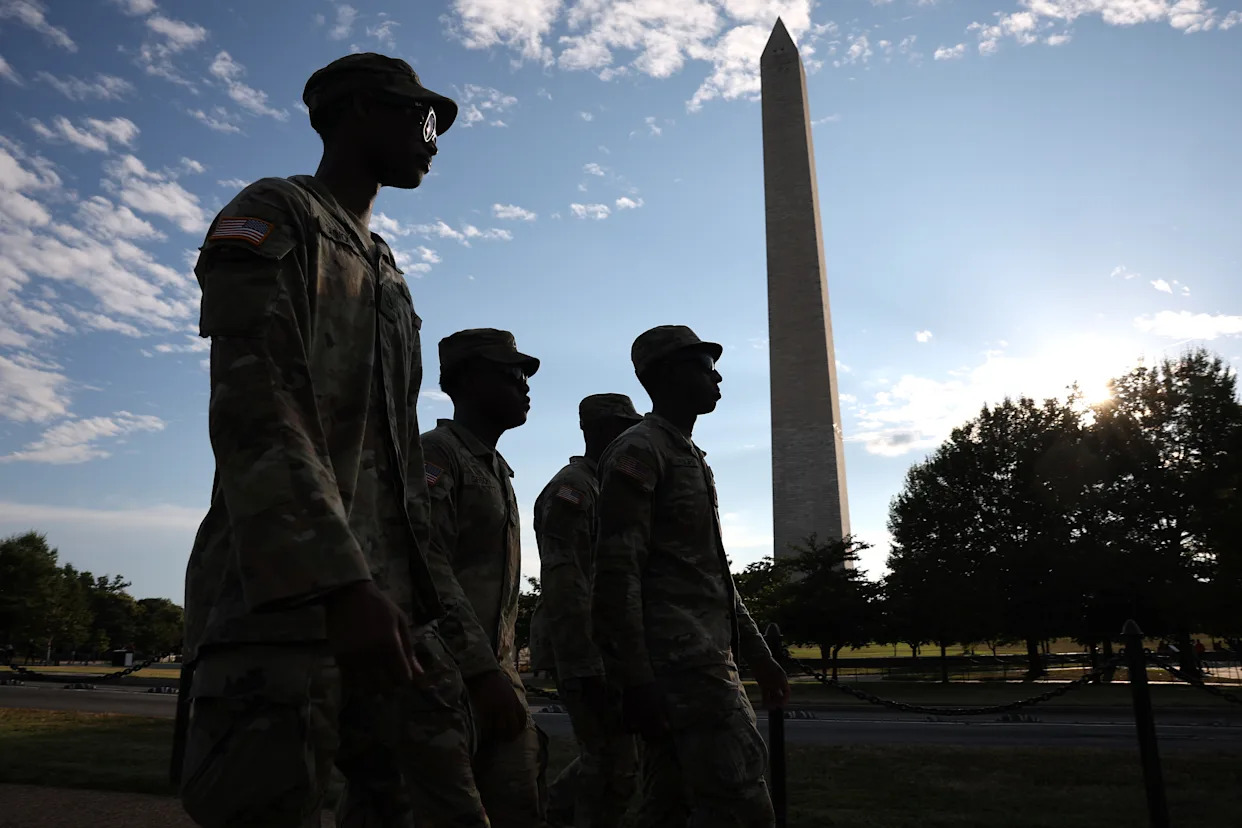

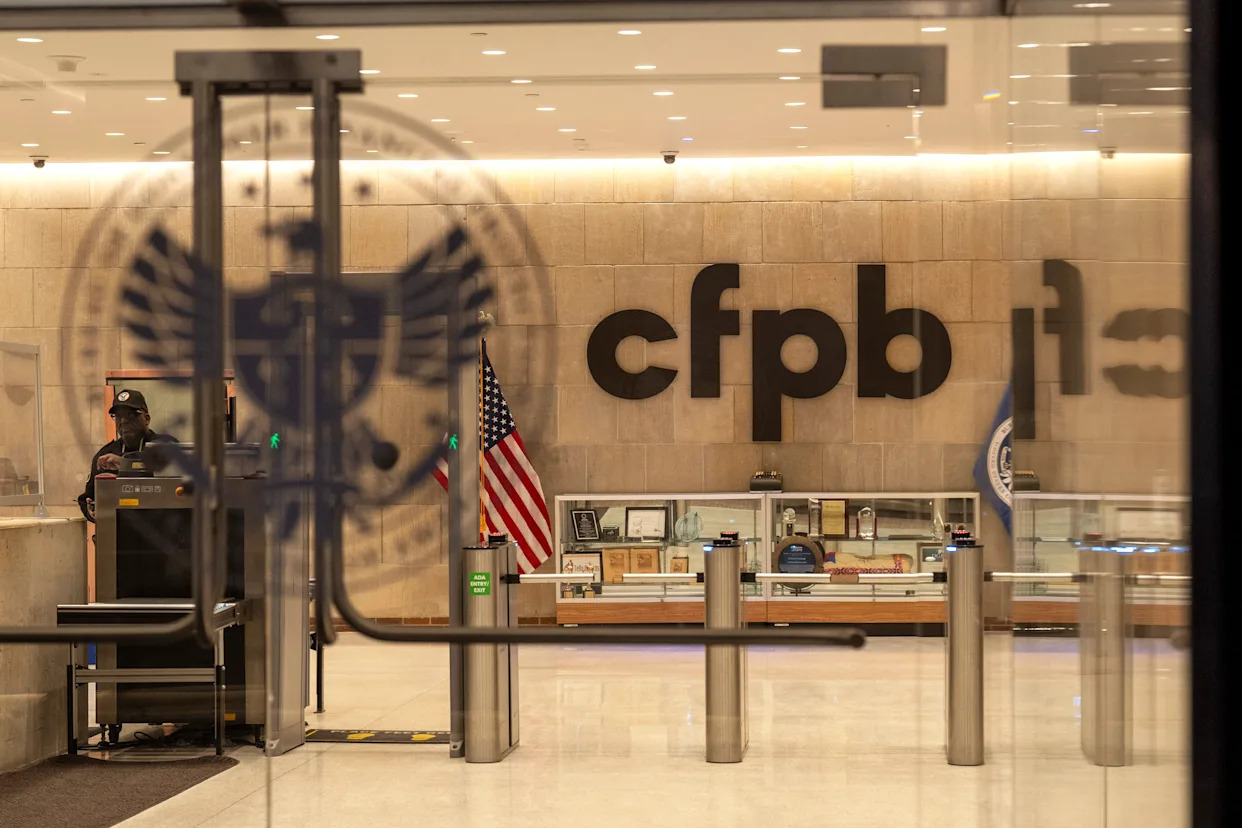
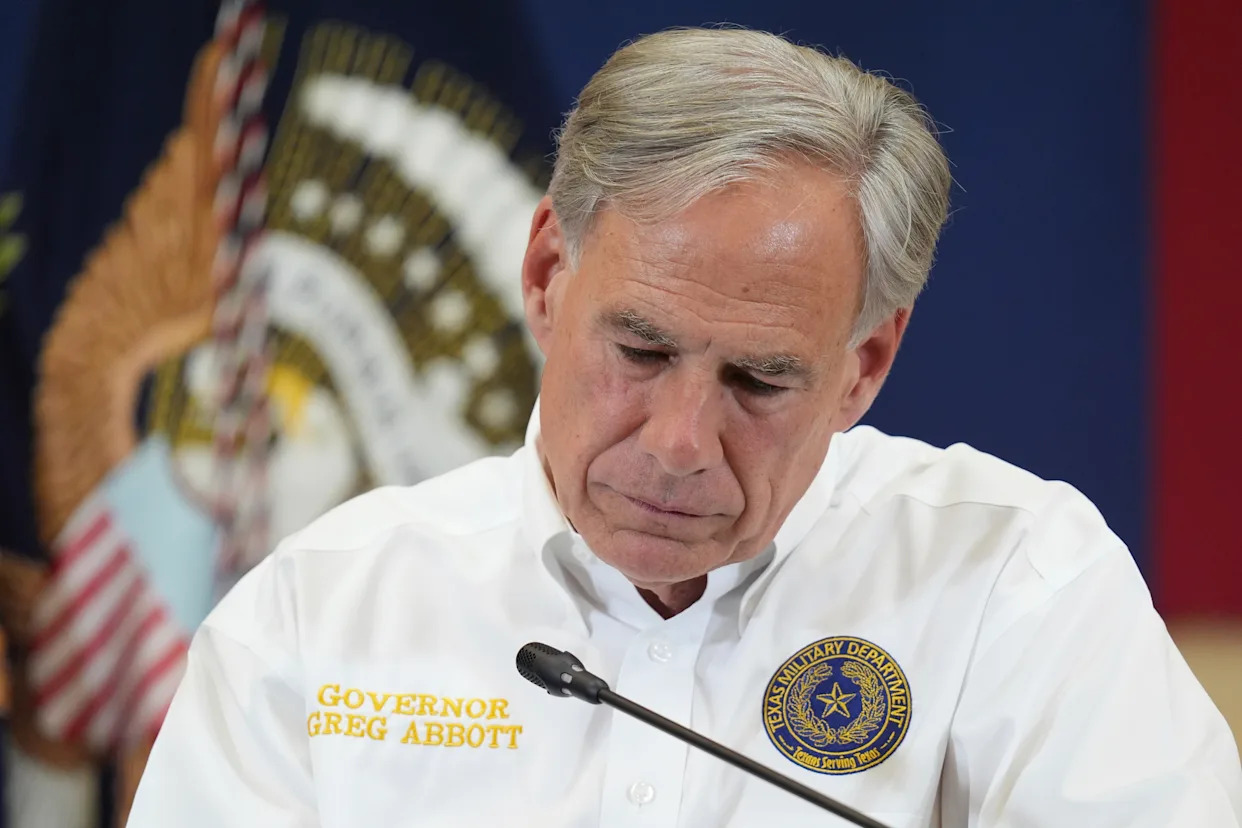
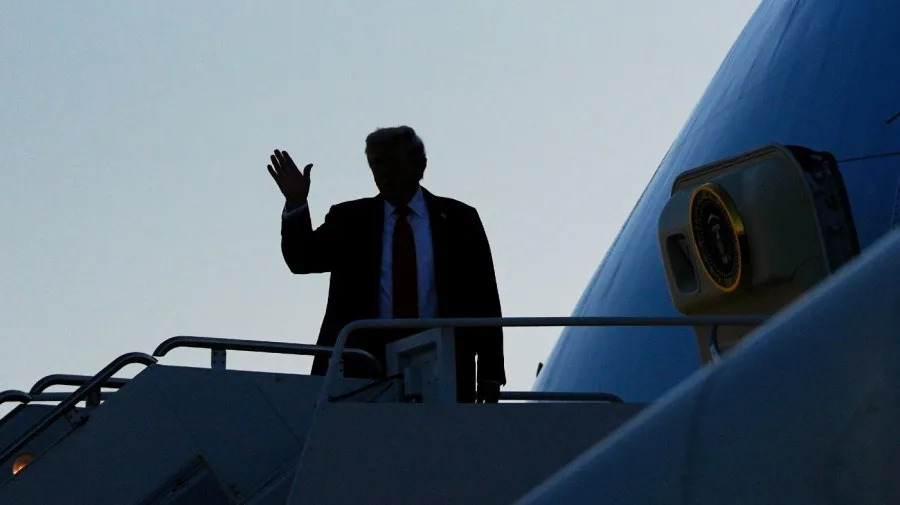
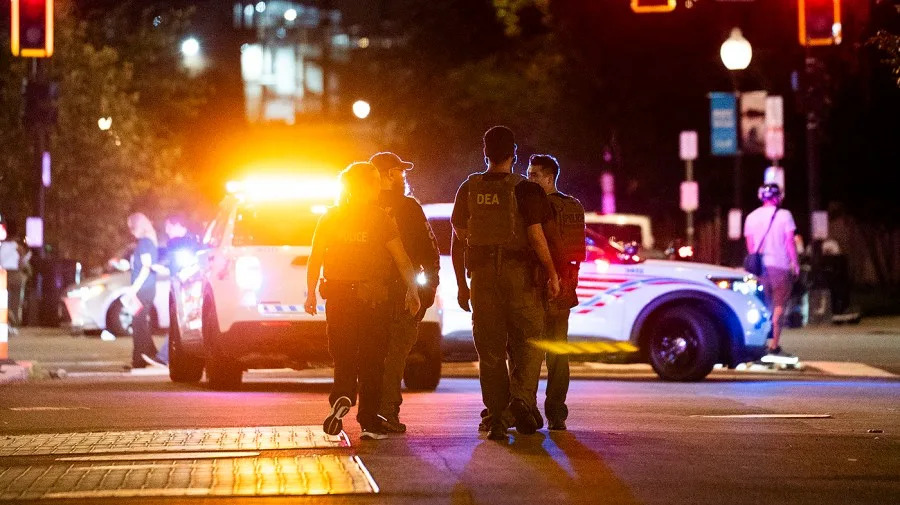
Comments